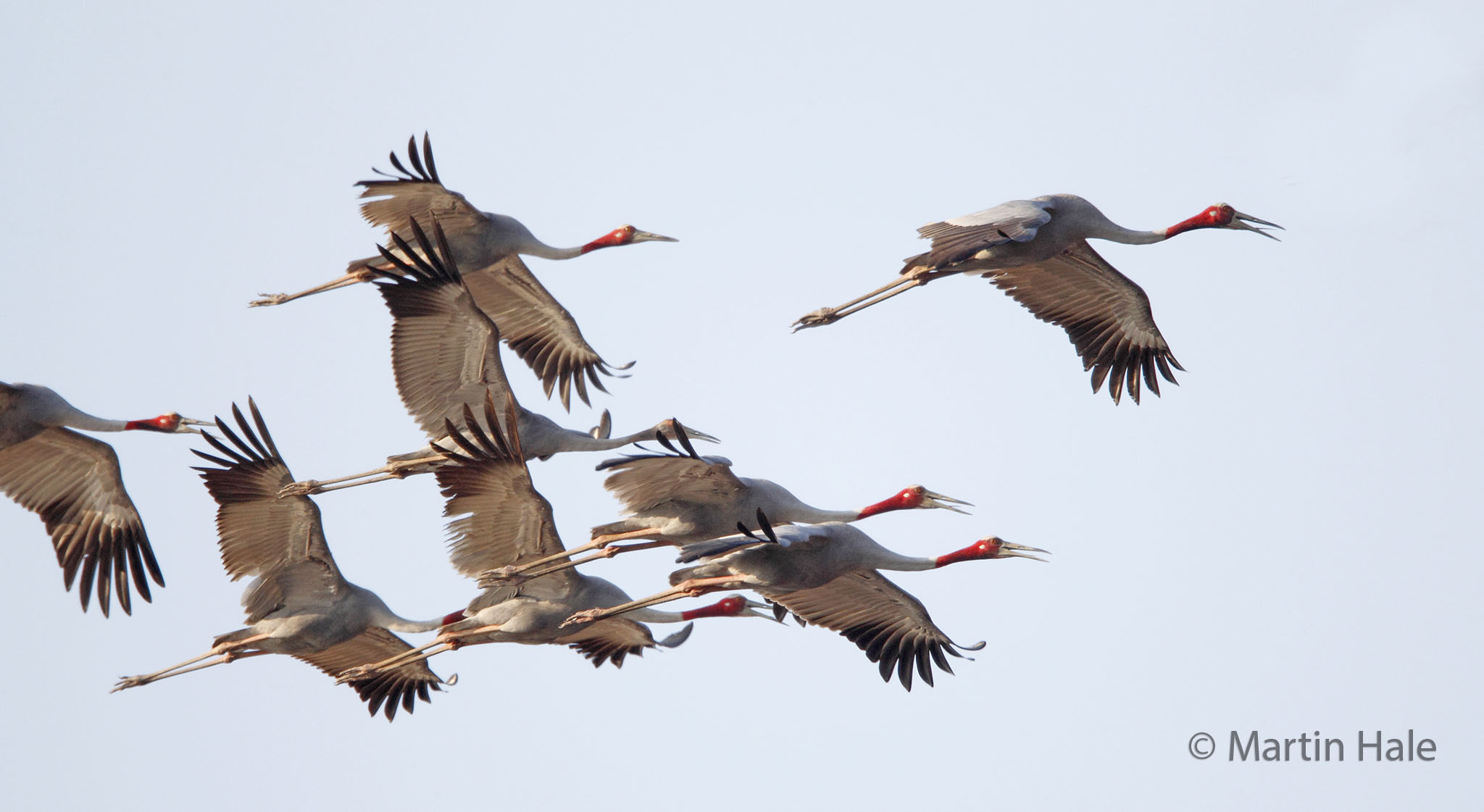 The Kingdom of Cambodia has joined the GBIF network as an associate participant, expanding the network in Asia as its fourth national member and tenth formal participant.
The Kingdom of Cambodia has joined the GBIF network as an associate participant, expanding the network in Asia as its fourth national member and tenth formal participant.
Cambodia formalized its entry into GBIF with signature of the Memorandum of Understanding by Dr Tin Ponlok, Secretary-General of the National Council for Sustainable Development, a cross-ministerial body coordinated by the Cambodian Ministry of Environment.
As outlined in the most recent National Biodiversity Strategic Action Plan submitted to the Convention on Biological Diversity, despite a positive trend toward greater knowledge and understanding of species, significant gaps in data and coordination at a national scale remain.
The decision to join GBIF followed discussions over recent months between the GBIF Secretariat and the General Secretariat of the National Council for Sustainable Development /Ministry of Environment (GSSD/MoE), which identified the need for increased capacity to organize and facilitate access to data about Cambodia’s rich biodiversity. The ministry is in the process of building a national biodiversity information system, and establishing a GBIF node is seen as a way of supporting that activity.
All of Cambodia's territory lies within the Indo-Burma biodiversity hotspot, regarded as one of the world's most irreplaceable and most threatened. The precious natural heritage it contains is crucial not just to the country’s science, but also to its socioeconomic development. Most of the country's growing population depends directly on goods and services from the natural world for their lives and livelihoods.
“Cambodia needs to establish a standard, comprehensive database system capable of recording, maintaining, and managing species data. Such information will help us achieve our national priorities on the conservation and management of biological resources and ecosystems,” said Dr Ponlok. “Joining GBIF’s international network supports our efforts to improve sharing of and access to biodiversity data.”
“It is a great pleasure to welcome Cambodia into the GBIF family,” said Tim Hirsch, GBIF’s Deputy Director. “On a recent visit to Phnom Penh, I witnessed a number of exciting initiatives to build up the country’s biodiversity information resources, including the first national specimen collection being established at the Royal University of Phnom Penh. We hope this new collaboration will support Cambodia’s efforts to conserve and sustainably use its rich biological resources and contribute to greater understanding worldwide of the biodiversity of this megadiverse region.”
Significant data mobilization efforts began prior to Cambodia joining GBIF, with the publication of more than 21,000 records of mammals, birds and reptiles derived from camera trap images collected over 15 years in the country’s protected areas. Wildlife Conservation Society (WCS) Cambodia shared the dataset through a project within the Biodiversity Information Fund for Asia (BIFA) supported by the Ministry of Environment, Government of Japan.
Cambodia’s rich freshwater habitats in the lower Mekong and the Tonle Sap Biosphere Reserve serve as dual chambers of diversity at the heart of the country. An extensive system of protected areas—Southeast Asia's oldest—covers more than 48 per cent of the country's land area according to the Sixth National Report to the CBD and encompasses the largest contiguous block of natural forest remaining in mainland Asia.
The kingdom also remains fertile ground for discovery of new species and hosts 1.6 percent of globally threatened species on the IUCN Red List of Species, a disproportionately large number that includes world's largest completely freshwater fish, the Mekong giant catfish (Pangasianodon gigas).
Source:
https://www.gbif.org/news/6JJPxjVVaL2tWN6CN9m5DI/cambodia-joins-gbif-as-associate-participant